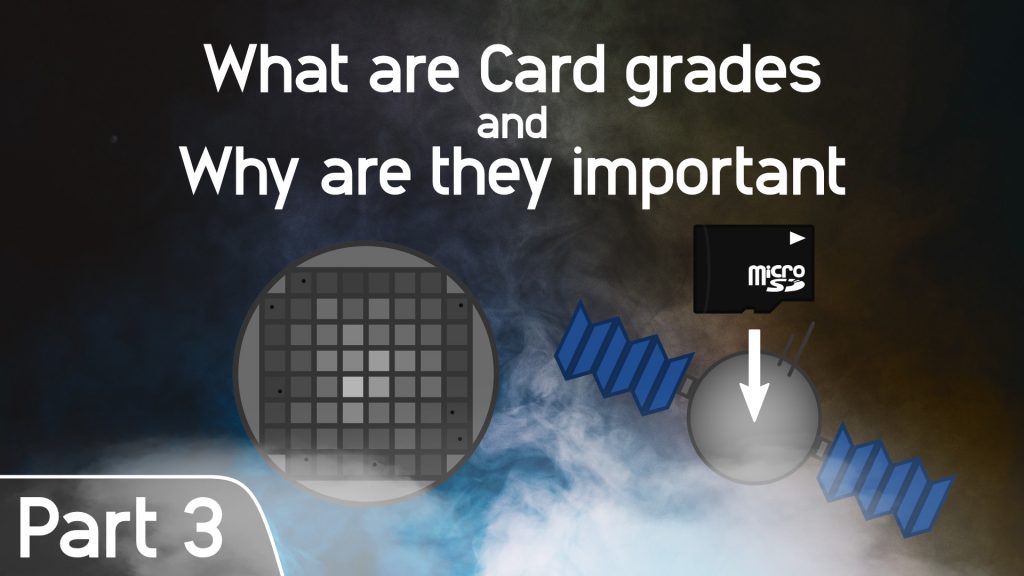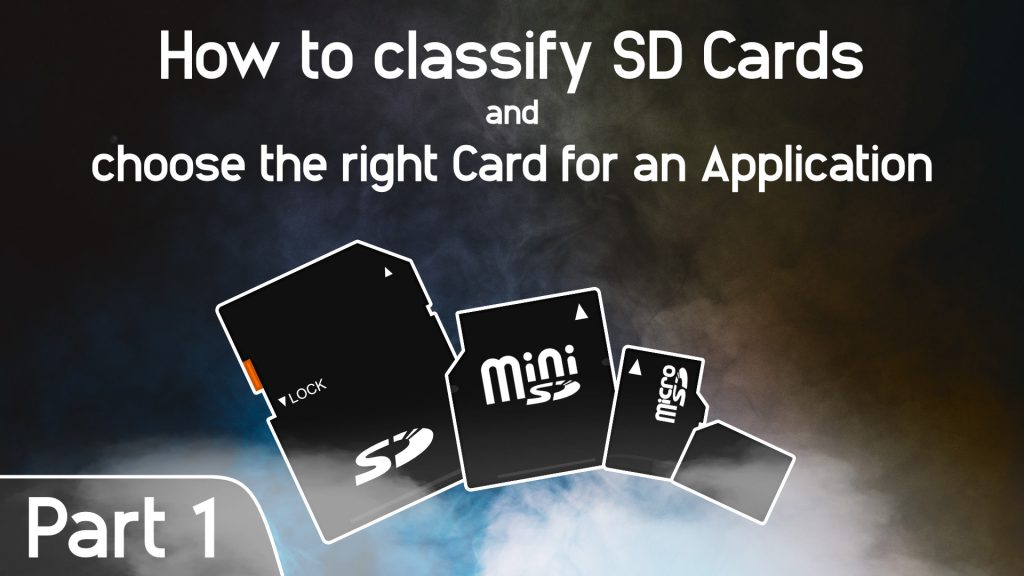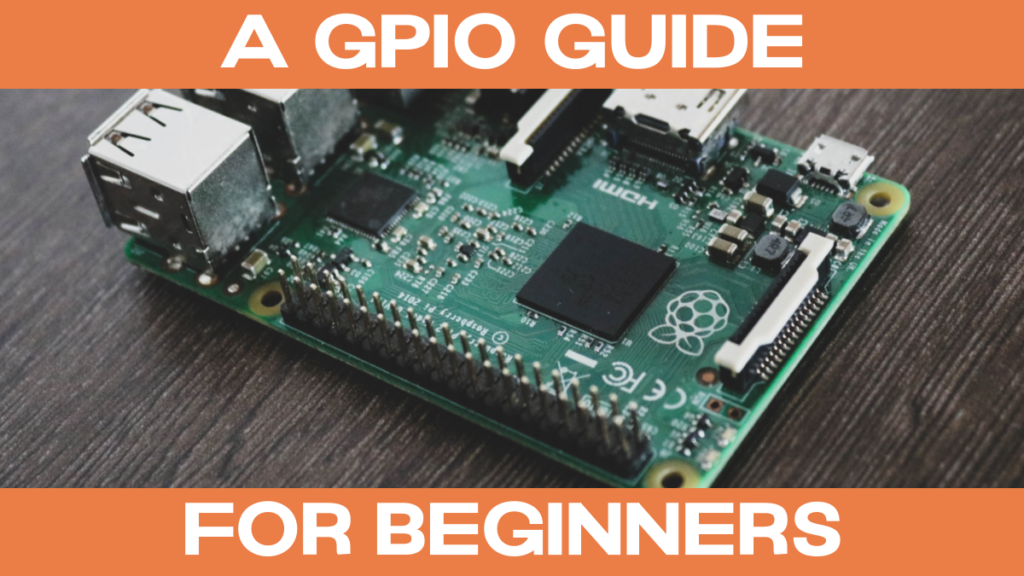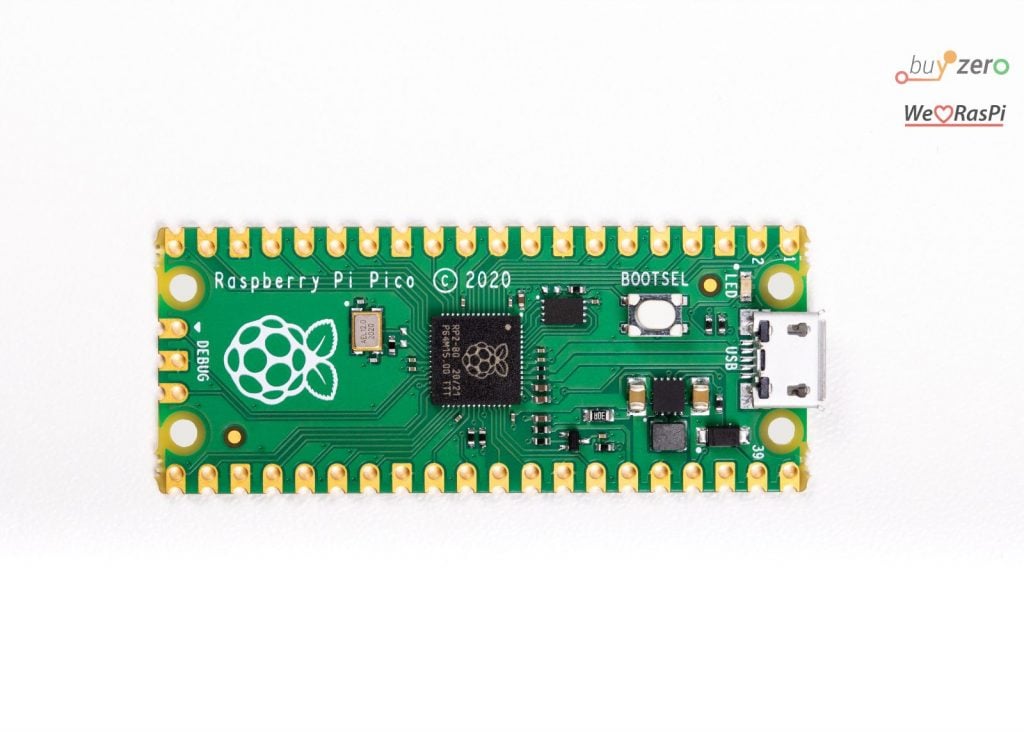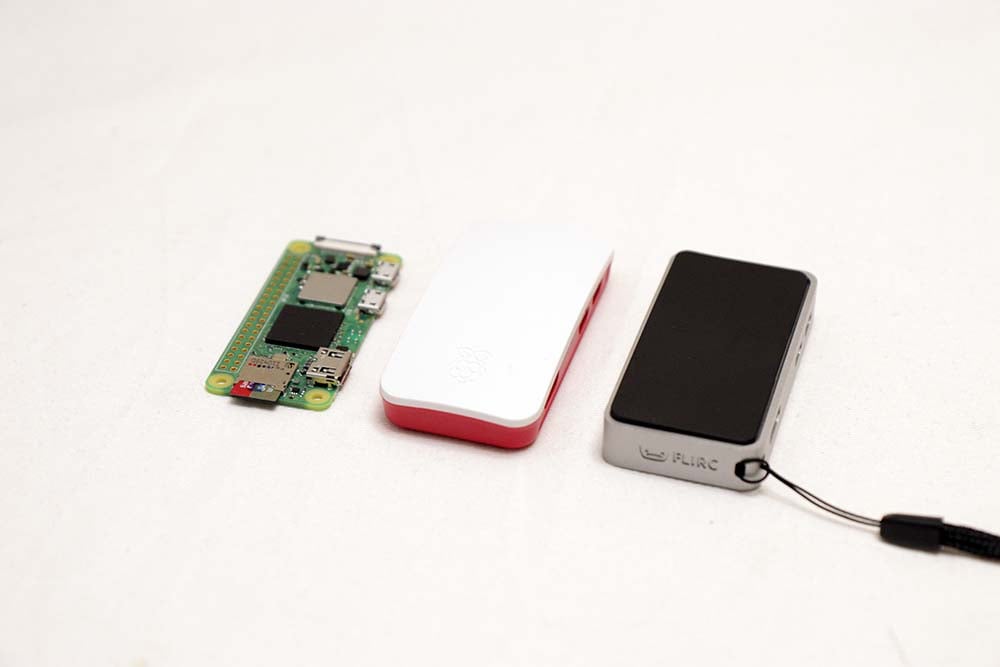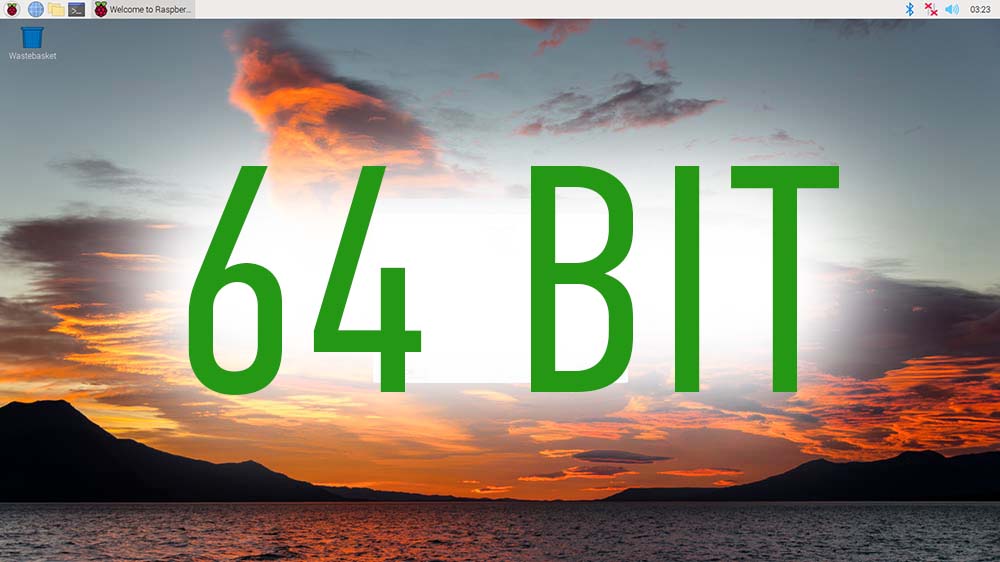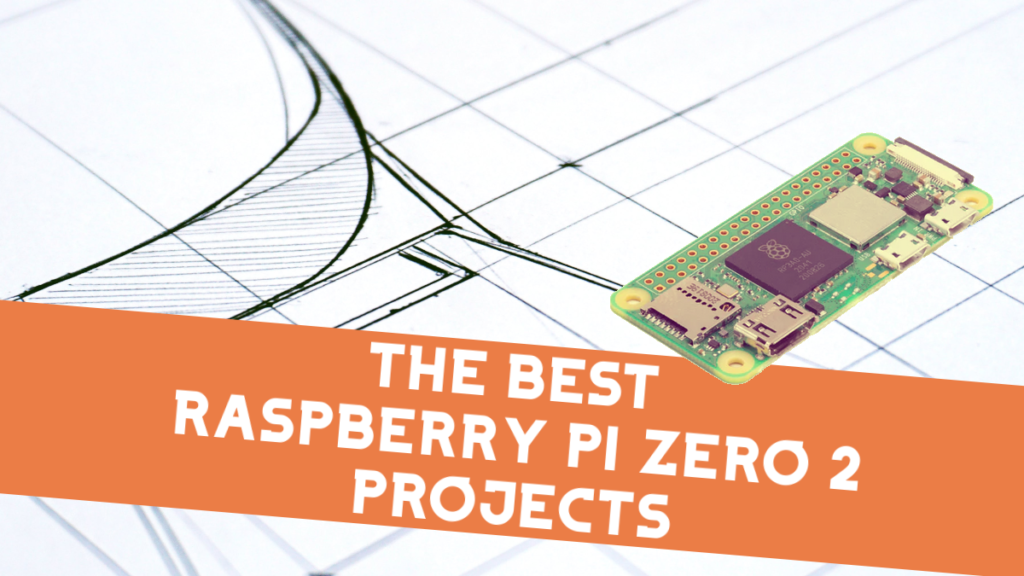Part 3 – What are Card grades and why are they important?
Did you know that the quality differs for each SD card? Companies optimize SD Cards for price or performance which leads to different grades of SD Cards. We will discuss why different SD Card grades exist, what grades can be distinguished and why they are important. This post is the final part of a three…
Read MorePart 2 – How does flash memory work?
The heart of any SD Card is the flash memory chip. Hence to understand why SD Card quality is not always the same we need to know how flash memory is manufactured and how it works. This post is part of a three part mini series about SD Cards with some in depth information. Content…
Read MorePart 1 – How to classify SD Cards and choose the right Card for an Application
SD Card classes can be confusing to say the least. We will shed some light on the topic and explain how to choose the best Card for your application. This post is part of a three part mini series about SD Cards with some in depth information. Part 1 – How to classify SD Cards…
Read MoreHeadless setup for Raspberry Pi
With this Headless setup all you need to run your Raspberry Pi is a MicroSD and a power adapter. Learn how to connect to your Pi from Windows. Requirements Hardware Software Make sure that you have alle the hardware requirements at hand and download the free software that we are going to need for this…
Read MoreA GPIO Guide for Beginners
In this blog post you will learn everything about the GPIO pins of the Raspberry Pi. This post is especially for newbies in electronics. First of all, a warning: The Raspberry Pi can be irreparably damaged if the pins are used incorrectly. So always make sure your circuit is correct and that you use enough…
Read MoreEverything about the Raspberry Pi Pico
If you are looking to buy your first Raspberry Pi, the Pico could be a very attractive option. But the real question here is whether the Raspberry Pi Pico is right for you. There are many pros and cons in buying the Raspberry Pi Pico and it’s important to understand the adage “horses for courses.”…
Read MoreDoes the Raspberry Pi Zero 2 require a heatsink?
On the Raspberry Pi Zero 2 W, throttling kicks in at 80°C. That means that the Raspberry Pi will slow down your computer in order to keep temperatures below 80°C. The question is whether you need a heatsink for the Raspberry Pi Zero 2. In most cases, you won’t need one. There are a few…
Read MoreYour 64-bit Raspberry Pi OS questions answered
It’s official. The Raspberry Pi OS has officially released its 64-bit version after a lengthy beta and here’s how it looks: It looks 100% the same as the 32 bit version. But under the bonnet, there are some things you’d have to be aware of. Raspberry Pi: choose 32 or 64 bit? The computer that…
Read MoreWhat to do with the Raspberry Pi Zero 2 W
If you are looking for fun projects to do, check out this post. The Pi Zero 2 W is best suited to applications that have these parameters: If you plan to build a device that runs on a battery, needs to fit in a small space, or needs to run Linux, then the Raspberry Pi…
Read MoreThe Best Raspberry Pi Zero 2 Projects
Anything that you can do on the original Raspberry Pi Zero, you can do on the Raspberry Pi Zero 2. It’s a one-to-one replacement on many projects because both the Raspberry Pi Zero 2 and the original Zero are the same form factor. That said, certain fun projects are much more viable on the Raspberry…
Read More